Hands On with the FE 200-600mm F5.6-6.3 G OSS
“REACH FOR EVERYBODY”
400mm was the holy grail of superteles. Lenses reaching this limit are either expensive, or large, or fell behind optically. Or unfortunately all of the above.
A few months ago, Sony released the FE 200-600mm F5.6-6.3 G OSS, the second and by far one of the only two native E Mount lenses reaching the 600mm mark. The other one, the FE 600mm F4 GM OSS being quite literally ten times as expensive, instantly making the 200-600mm a seemingly cost-effective option for the average enthusiast.
Moreover, drawing a cross comparison with similarly specced 150-600mm lenses from Tamron and Sigma, the FE option was advertised to offer significantly superior image quality and build quality.
I was able to lay my hands on one for a week or so, giving me a chance to evaluate this lens closely.
I was lazy. I did not run MTF tests. Only image comparisons are available in this article.
Disclaimer: This review, or myself, was not affiliated with Sony or its respective distributors. Only one copy was tested.
EXTERIOR AND HANDLING
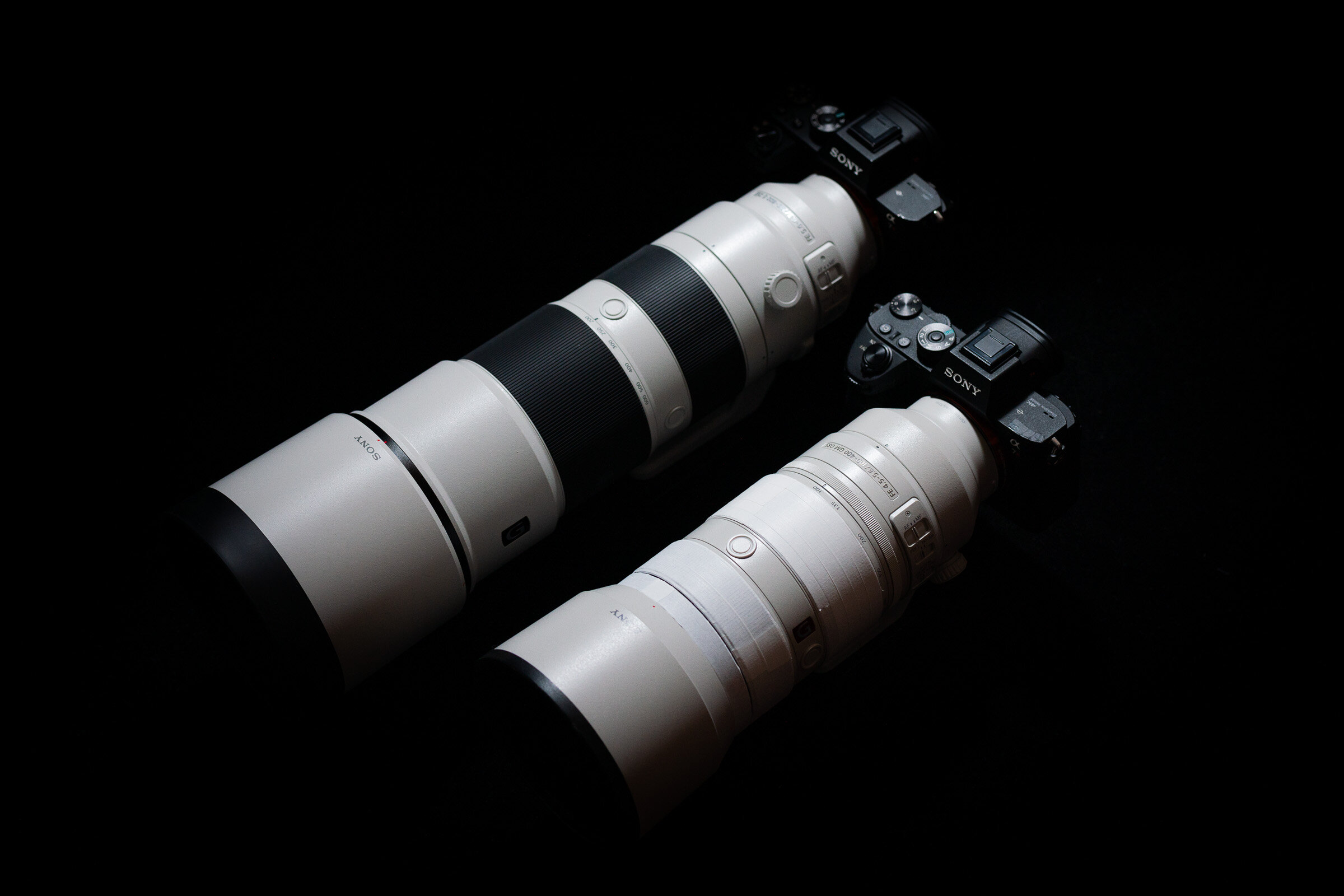
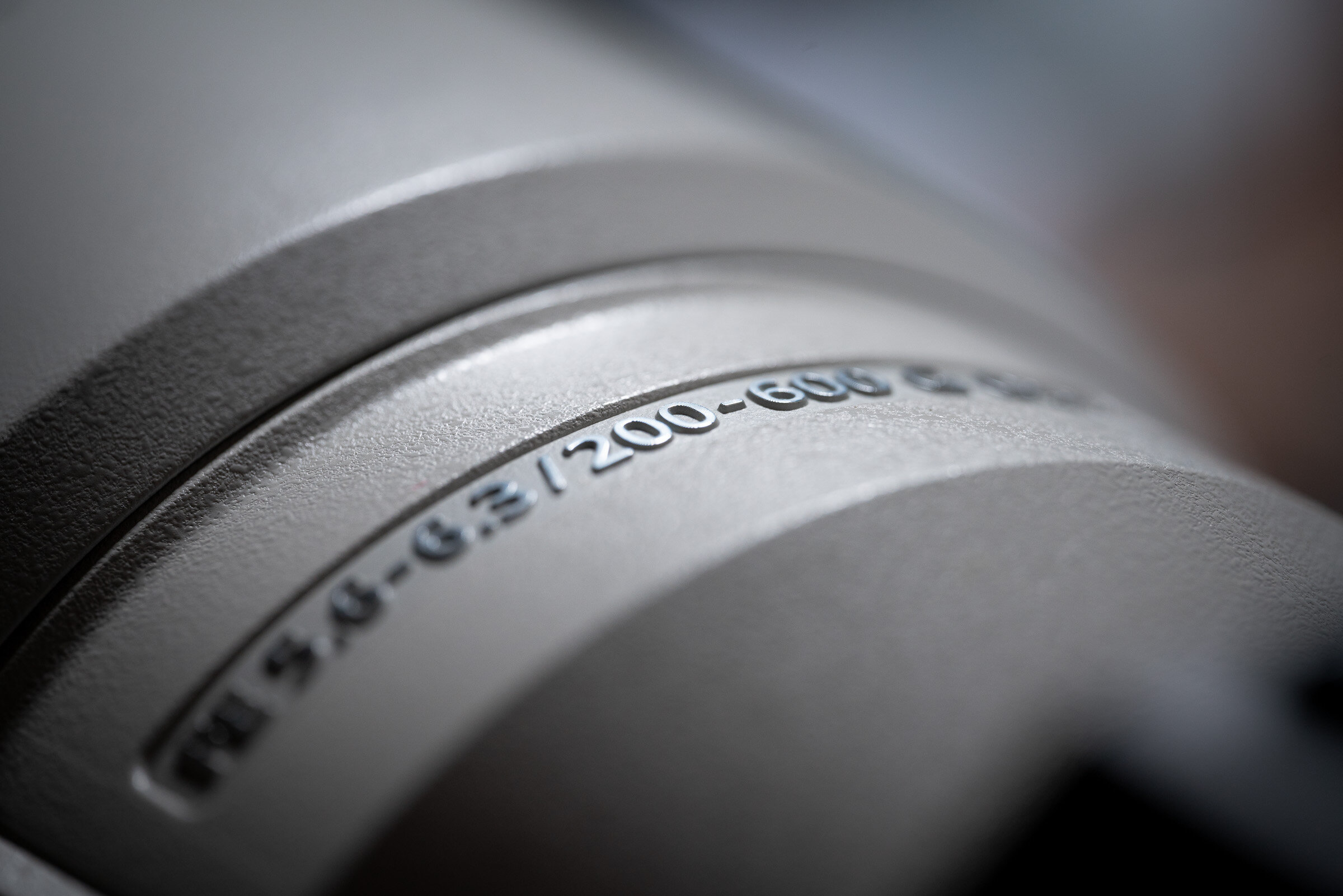
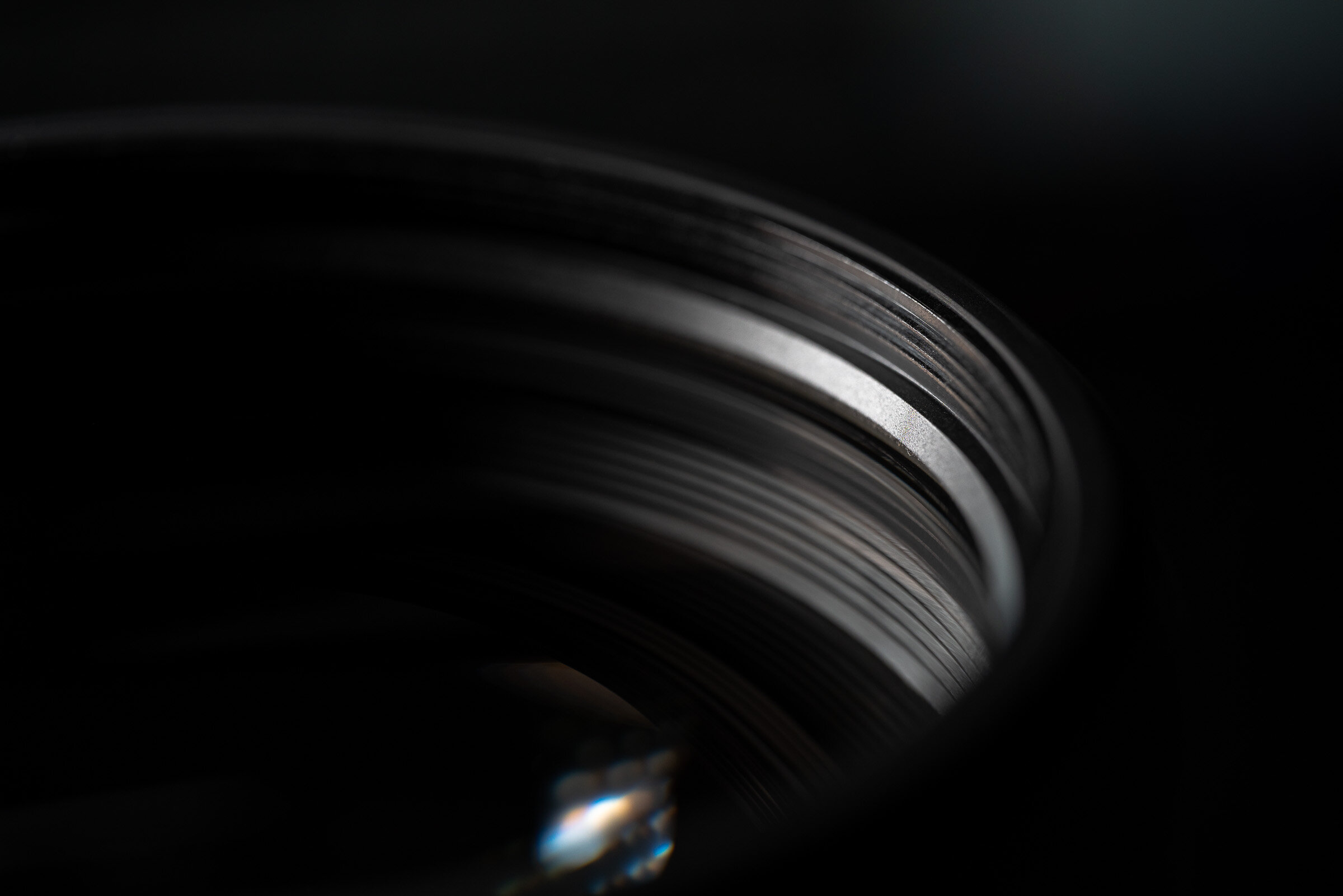
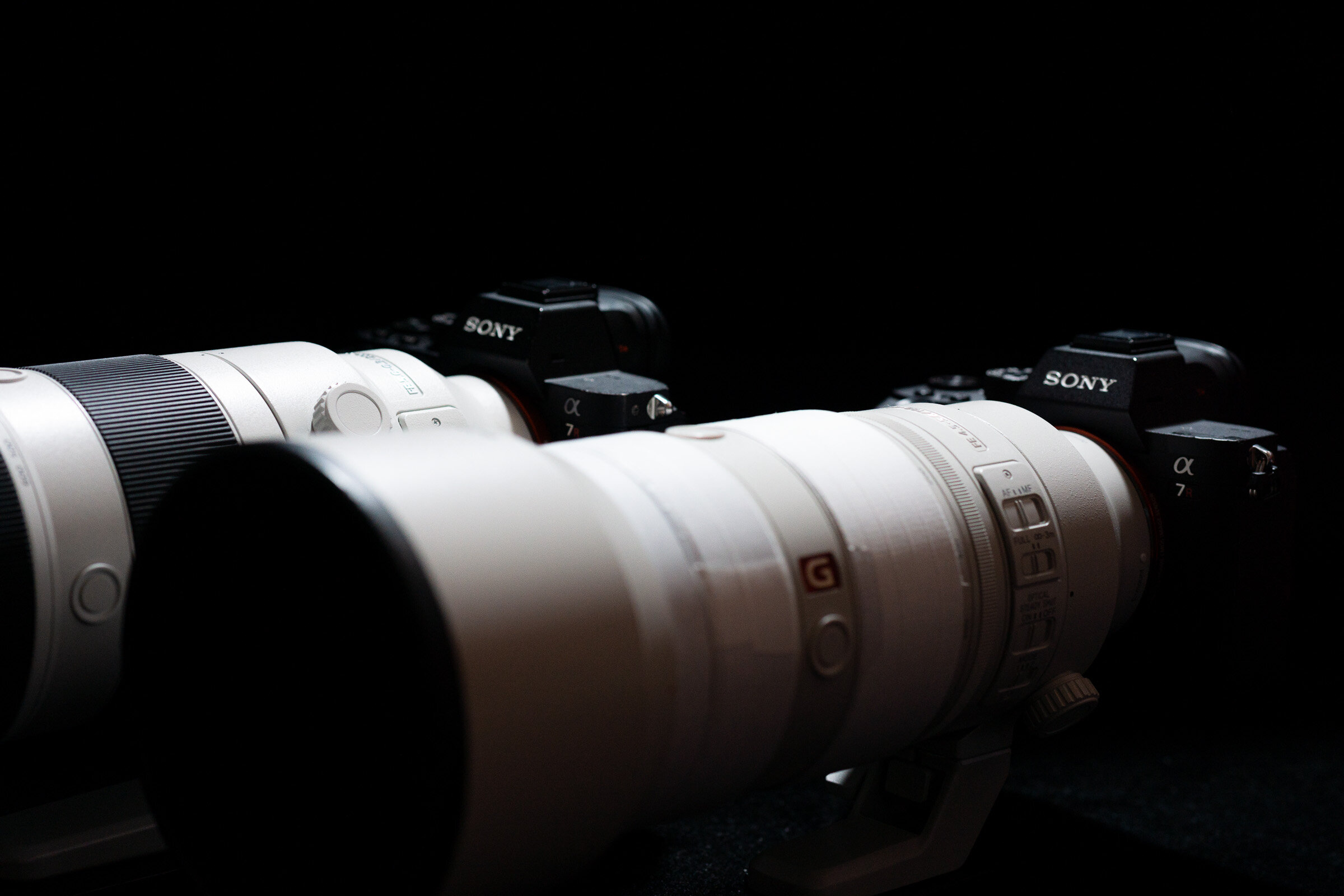

The 200-600mm is a large lens, instantly dwarfed the FE 100-400mm F4.5-5.6 GM OSS by a visible margin.
The exterior bore similar design language with the other Sony tele lenses. It has a relatively clean design, and gets thicker towards the front in various angled chunks. Even when the 100-400mm GM is fully extended, the G is still longer by about 5cm or so (both measured without hoods).
With the help of 3 large-diameter elements sitting in the front, the 200-600mm balanced poorly. Handheld operation becomes difficult after about some fifteen or twenty minutes of continuous use. I would recommend a monopod or tripod with this. Holding this lens while moving around also required extra care.
The hood is nice and long with a rubber front to improve survivability when dropped. It is the simple clip-on style with no release buttons. It can be reversed to reduce package size. While reversed, it is just long enough that half of the zoom ring is still exposed and remains operable. It does not feature the little window on the hood for filter adjustments. I personally did not find this feature very useful, but you can never hurt to have one.
The internal zoom design potentially added bulk as well. But in comparison with other SLR 150-600mm products, the Sony is nevertheless lighter and smaller, so at the very least, nothing is lost anyways.
Weather resistance is advertised. I found a few specks of dust between its front lenses, a lot more than that in my externally zoomed 100-400mm GM, which has been serving me a year and half longer than the 200-600mm G. I did not remember if they’ve been there since manufactured or has entered during use. Either way, we can conclude that internal zooming does not necessarily deliver better dust and weather sealing, and do use more care with the 200-600mm G in harsh conditions. Dust does NOT impact image quality, while they do speak sealing qualities. They will get into lenses over time no matter what, either faster or slower. Don’t mind them too much as long as liquid ingression is prevented.
Both rings operated smoothly with no play or wiggles. I found the 90° travel of the zoom ring to be on the shorter side, especially the longer end (400-600mm) seemed a bit cramped. Otherwise no issues were found.
As always, 3 programmable buttons were installed. A focus limiter can be found on the switch board as with most supertele lenses. The optical stabilizer can operate at the new “Mode 3” as well, which was not present on the 100-400mm.
The tripod ring seemed inadequately damped and lubricated. It does not rotate smoothly and wobbles around significantly when the screw is loosened. Much unlike the 100-400mm, whose tripod ring is well damped and smooth like butter. I’ve asked a friend at a rental company, and he has indicated he has came across some ten copies or so, and they all behave like this.
In a broad sense, I would think its dimensions matched its purposes.
RESOLUTION COMPARISON
All the images below are captured with the Sony α7R III camera, at an object distance practically infinity. All are focused at center, and 100% crops are presented.
Sharpening and debayer processes are standard with Adobe Lightroom. No settings are altered from default.
All user selectable in-camera processing and correction profiles are turned off. However, any forced-on profiles embedded in the RAW files are not bypassed as third-party debayer processors are not employed.
Please note the EXIF information on the upper left. The lenses may not be tested at the same apertures at each zoom settings.
100MM
100mm is the GM’s solo campaign. It performed well at the center (left), but degraded near the edges due to field curvature and uncorrected spherical aberrations. Astigmatism was not an issue.
Stopping down does improve the edges visibly.
200mm
The 200-600mm joins the fight. It is tack-sharp across the frame, with false-color Moiré visible within some 60% of the frame. Excellent performance.
The GM is comparable near the center, but suffers from astigmatism near edges. Stopping down helps somewhat, but not qualitatively.
The G wins here by a margin.
It seems the G’s marked “200mm” is about 10-15mm longer than that of the GM’s. It’s not uncommon for lenses to deviate slightly from their marked specs, usually less than 5% is acceptable. 10-15mm here seemed a bit too much.
300mm
300mm is the GM’s strongest across the zoom range. Performance is impeccable from edge to edge.
The G falls behind both in contrast and resolution, with visible falloff near edges. I checked multiple images, this is not a focus problem.
Stopping down to f/8.0 improves the G to a usable level, while the GM receives further enhancements.
400mm
The GM falls behind in contrast at its longest end, but center resolution is comparable. The G showed a tad more contrast, micro details are similar.
The G wins in the far frame with an edge (no pun intended).
At the very edge, the GM restores small details on the walls a bit better (lower left corner), but the G really had too much advantage in terms of contrast.
The GM sharpens up pleasingly at f/8.0, and becomes comparable, probably actually better than the G.
On the right is a comparison of the GM against itself. The G does not see as much improvement stopping down.
600mm
Reaching further doesn’t always require zooming in physically anymore. The 600mm isn’t so much the solo stage of the 200-600mm G. Especially with the release of the α7R IV, it retains a respectable 26MP in APS-C crop mode. Given that it is back-illuminated and is packed with PDAF points, it is actually de-facto most powerful Sony APS-C body to date, in speed and in dynamic range. The older α7R II/III retain a 18MP resolution in crop modes as well, a bit on the lower side but totally usable.
I digress. The GM was found surprisingly potent at 1.5× crop, but again, lacked a bit of contrast. There is also a slight degree of exposure differences, so take a grain of that salt too.
Things started to get interesting when I applied the exact same sharpening on both. After the contrast is boosted, the GM displayed an excellent amount of fine details, actually more than that of the G could resolve. This is most evident on the high frequency details on the water tank and the plant in the back.
The edges are similar. The G retained somewhat more contrast, but lacked behind in resolution. Looking on the marks on the wall or the radiator grills on the left edge, the GM was able to display far more details, even without sharpening.
But what’s the cost?
You lose in signal-to-noise ratio. When cropped to 1.5× scale, you lose about a half of the incoming light. In other words, the SNR is equivalent of that of about f/9.0, or about twice the ISO. If I were to keep the terminal SNR constant instead of physical entrance pupil ratio, the G is likely able to gain an edge, or at least tie the game with an one-stop worth of aperture shrink.
This could be important, obviously, in low-light conditions. Say if you shoot wildlife or aircrafts in dawn or dusk, or indoor sports, the G is likely to get a bit more freedom in that regard.
140mm (with 1.4× Teleconverter)
Contrary to the popular belief, the GM is surprisingly capable with the teleconverter attached. The center showed little difference as it’s already excellent, but the edges are perceivably better compared to its native 135mm f/8.0.
I could detect zero astigmatism or field curvature on that image. Residual SA is very low as well. Image is well resolved from edge to edge.
The case is similar at 190mm (135×1.4), the GM exceeded its own native performance at 200mm f/8.0.
Teleconverters don’t always degrade image quality, even on a high resolution body like the α7R III. Of course many times they still do, and we are about to see that in action.
280mm (with 1.4× Teleconverter)
The story continues with the GM. It is not quite as good as the native 300mm, but nevertheless excellent at the center. It degrades a bit at the edges, showing some coma-like smudges, but fine details and microcontrast is superior to the 200-600mm G.
The G saw a visible degradation across the frame, even the center is significantly softer compared to either the GM or its native performance. Edges are comparable to the GM, but once again softer and less microcontrast. Perhaps it was not optimized for uses with teleconverters. I don’t know.
I did not own the 2× teleconverter, and I did not bother to borrow or lend one. I’ve heard it’s worse from reputable sources.
420mm (with 1.4× Teleconverter)
The G saw further degradation. Both contrast and small details are lost, probably at a higher degree than the wide end. But good news, the edges are not much softer than the center. It also showed a visible amount of distortion. That will be correctable in post, but will further eat up resolution.
Riding on the strong native 300mm mark, the GM once again delivered excellent quality at the center. Some softness shows near the edges, not quite that kind of stunning performance at its wider ends, but nevertheless usable. I would say the center might be better than its native 400mm f/8.0 end, but less so on the edges.
560mm (with 1.4× Teleconverter)
Here at f/9.0, the G loses the ability use PDAF on most bodies (except for α7 III, α9/II. I’ve heard mixed reports about the α7R IV, I’ll further confirm that), and it had to rely on CDAF twitching to obtain focus.
Both lenses saw some falloff at longer ends.
Neither was great, but the G seemed to have been impacted more than the GM. The center kept reasonable amounts of contrast, a hair more than the GM, but smaller details are gone. It further showed coma-like radial smudges in midfield and out.
The GM wasn’t as great as previous focal lengths either, but it stayed mostly usable. I would be hesitant to say the teleconverted GM is better than the crop, but certainly not much worse. This is very odd behavior, if Sony were to optimize the use of teleconverters on one end, it seemed much more reasonable to use more effort on the long end. The teleconverted 140-280mm were arguably better than the native, but they were already included in the zoom range and the native performance was plenty good already. I could not fully comprehend what has happened here.
840mm (with 1.4× Teleconverter)
This is not acceptable performance.
I did not think a comparison was necessary, and I have looked through enough retakes to confirm that it was not a focusing issue.
Do NOT use teleconverters on the FE 200-600mm F5.6-6.3 G OSS.
I did not do a side-by-side comparison, but it was worth mentioning the G had worse close-up performance than the GM, both in terms of image quality and maximum magnification.
I was not able to detect any significant color differences between these two lenses after exposure and white balances are aligned. The G might be a bit brighter and saturated in the magenta-red-orange range, otherwise differences are neglectable.
I do not consider this to be an issue for either lens.
Distortion and vignetting was found to be negligible for either lens. The G shows some noticeable distortion with the teleconverter, but not much without.
Honestly, air quality and lighting will impact actual shooting in a much greater extent.
Real-World Experiences

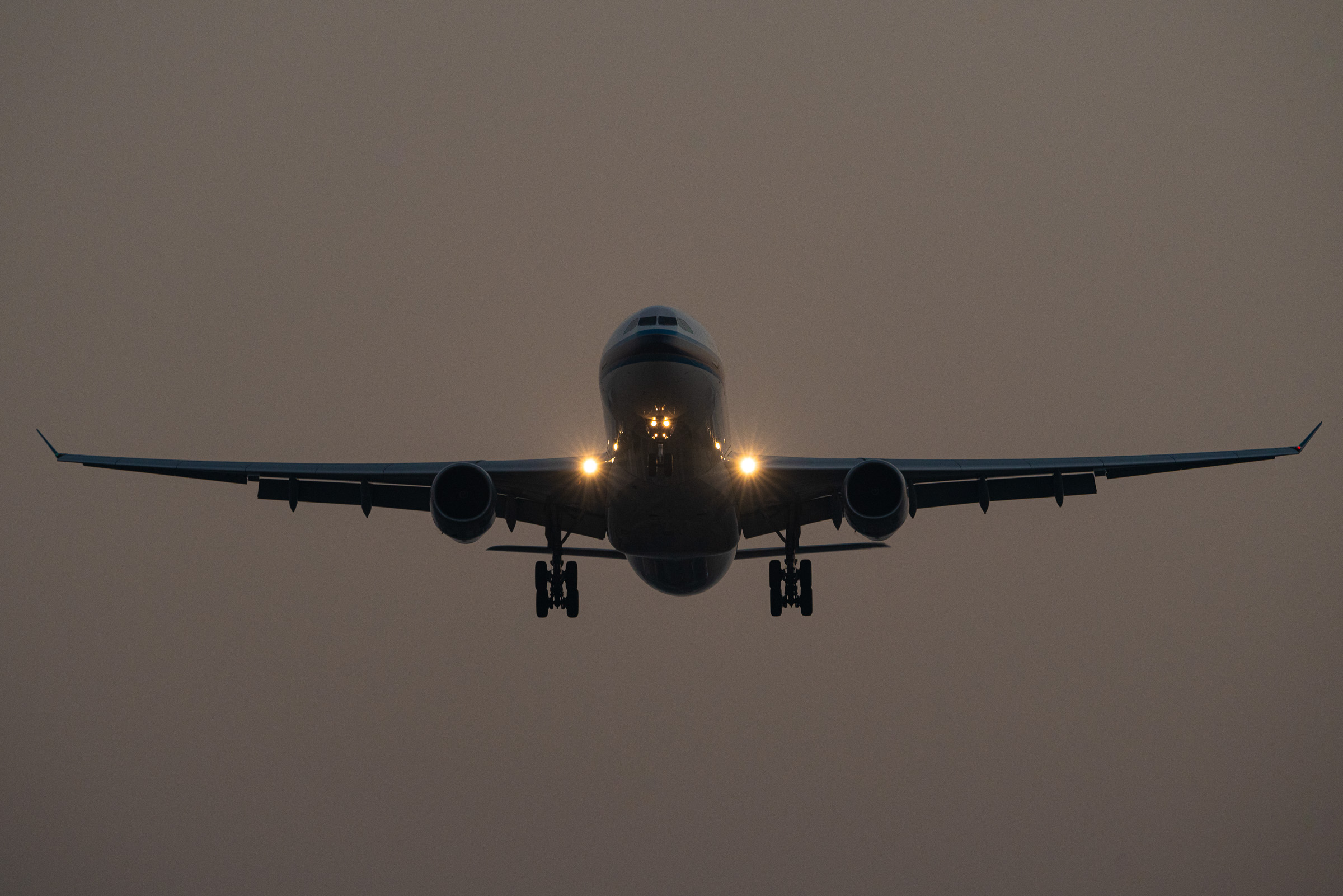
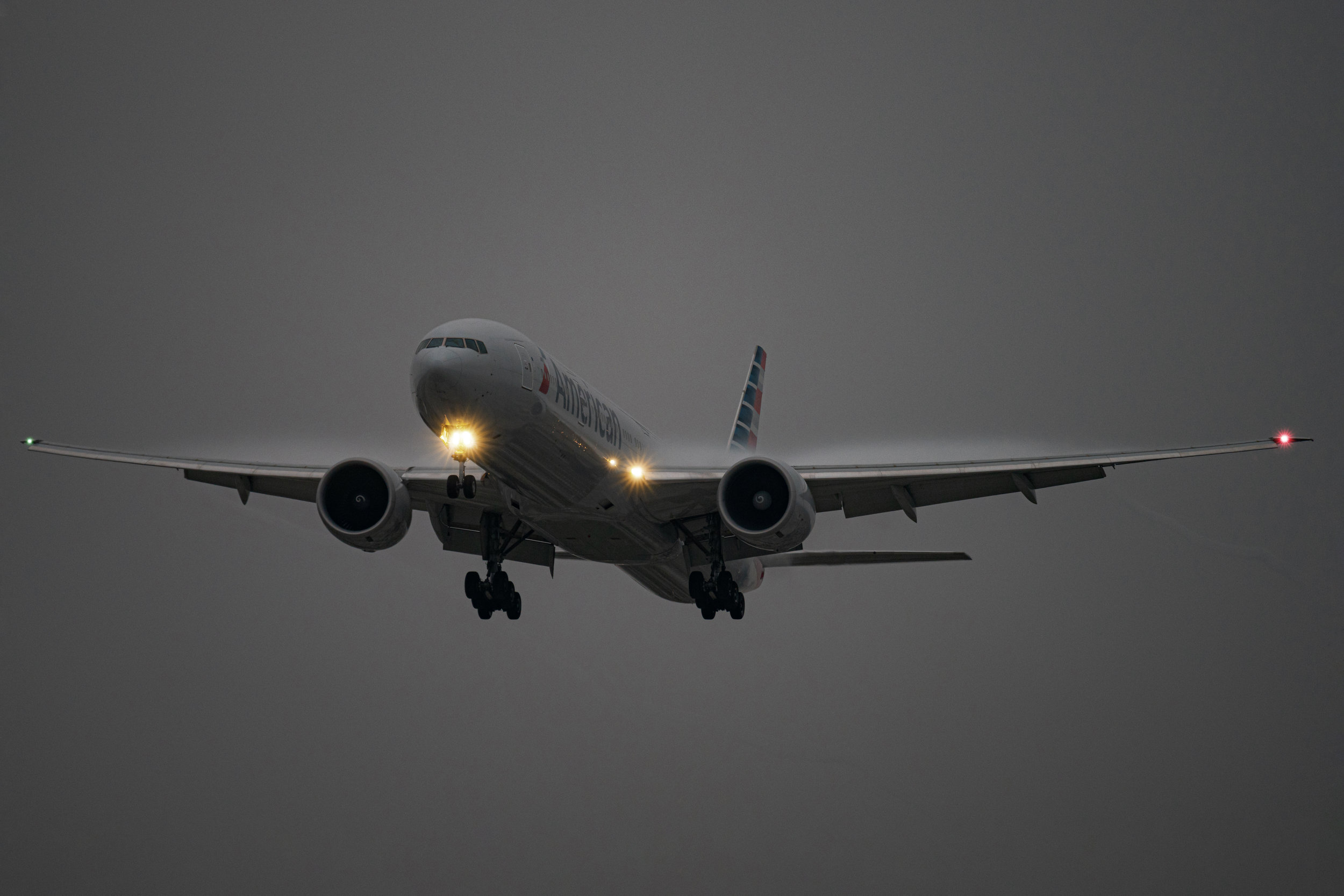
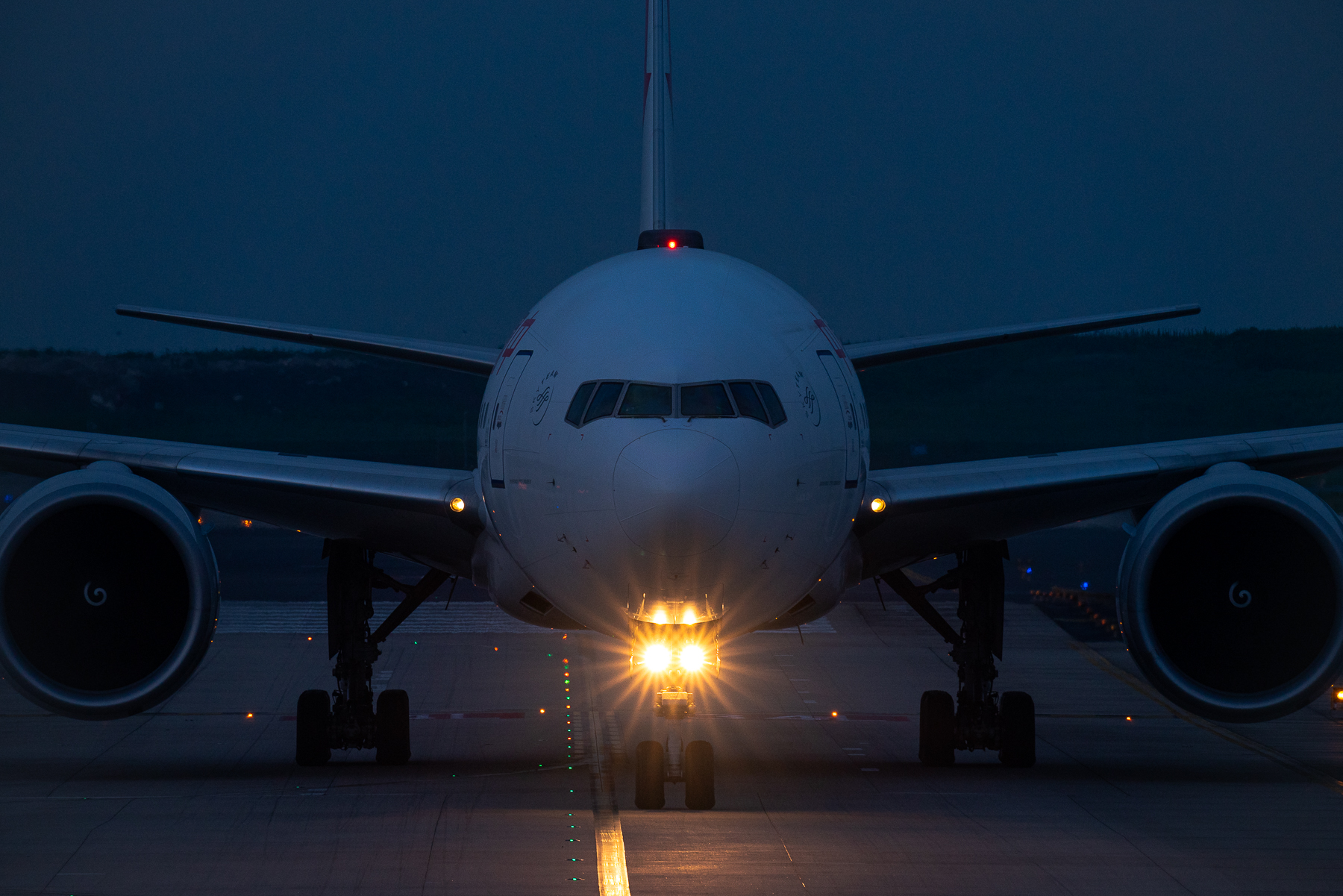
Both lenses’ stabilizers worked well. I could get away with 1/30s at the short end and about 1/125s at the long end for the G; and about 1/80s for the GM. That is around 3.5-stop stabilization. Not quite as much as advertised, but totally good to use with. I’m drawing these numbers from experience, your mileage may vary.
I have always used a monopod or tripod with the 200-600mm to reduce the load on my arms. This has impeded the mobility of the configuration quite harshly. The sheer weight of this thing, about some 3kg (6.6lbs) when fully assembled, taxes on the support too. Cheaper and smaller pods may very well find themselves shaky or unable to orient the heads smoothly. I would advice investing in a strong pod if you became the user of this thing.
The internal zoom mechanism does shine on situations where quick zoom pulling is a requirement. It asks for less resistance, making fast movements possible. It does not creep either (or at least it does not creep externally). The GM would extend to somewhere around the 135mm mark when I run while holding it heads down. I never found that to be an issue per se, but it does kind of get in your mind.
The 200-600mm G employs a 11-blade aperture. They do produce some amount of sunstars even starting at f/7.1, but I did not find them pretty. Even at f/11, the blades are short, loose and varied in lengths.
The first two images in the album on the right belongs to the G, and the last two are from the GM.
I’ve found much nicer sunstars on the GM, they are longer and more defined, and seemed to be easier to provoke.
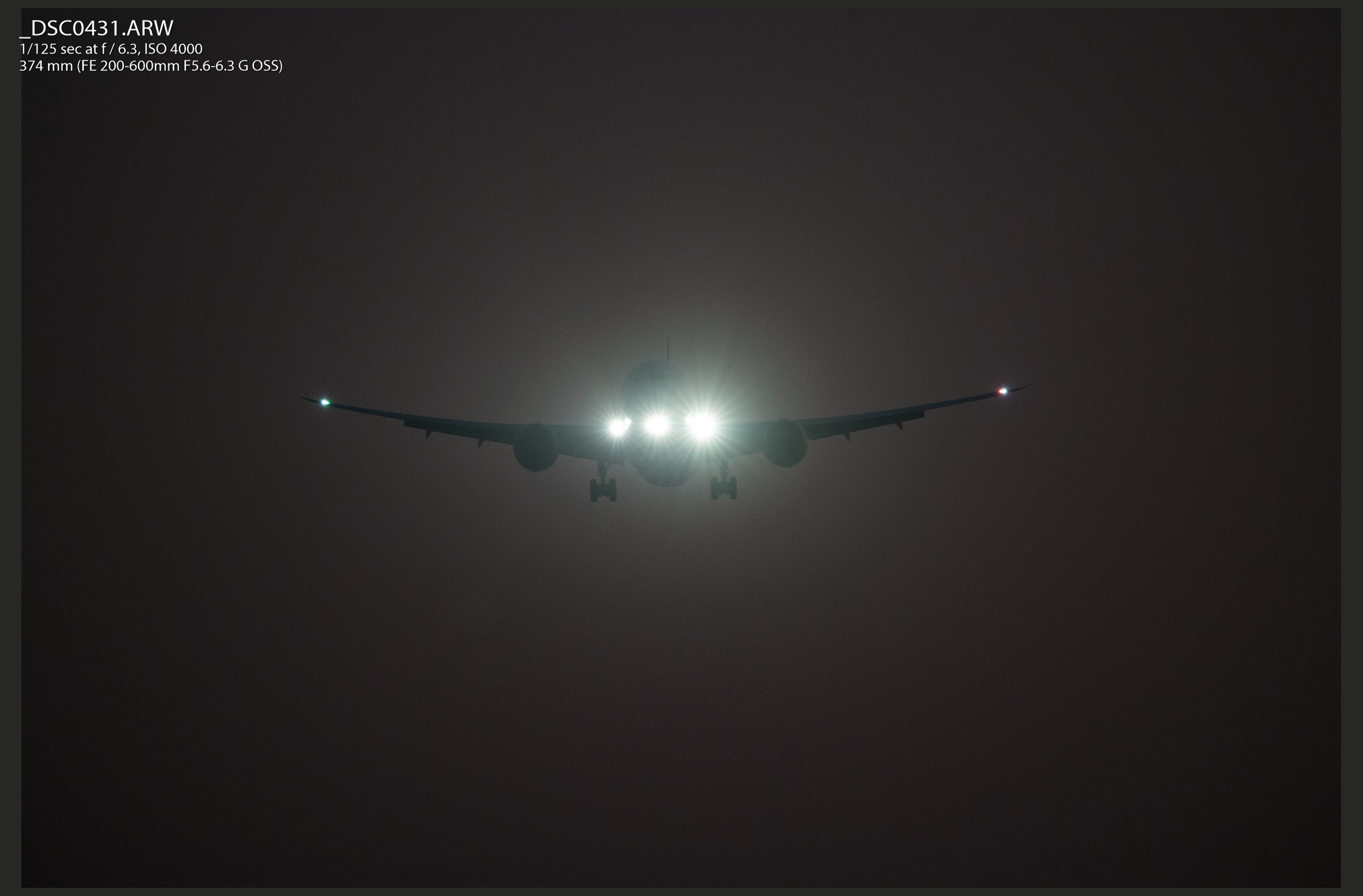

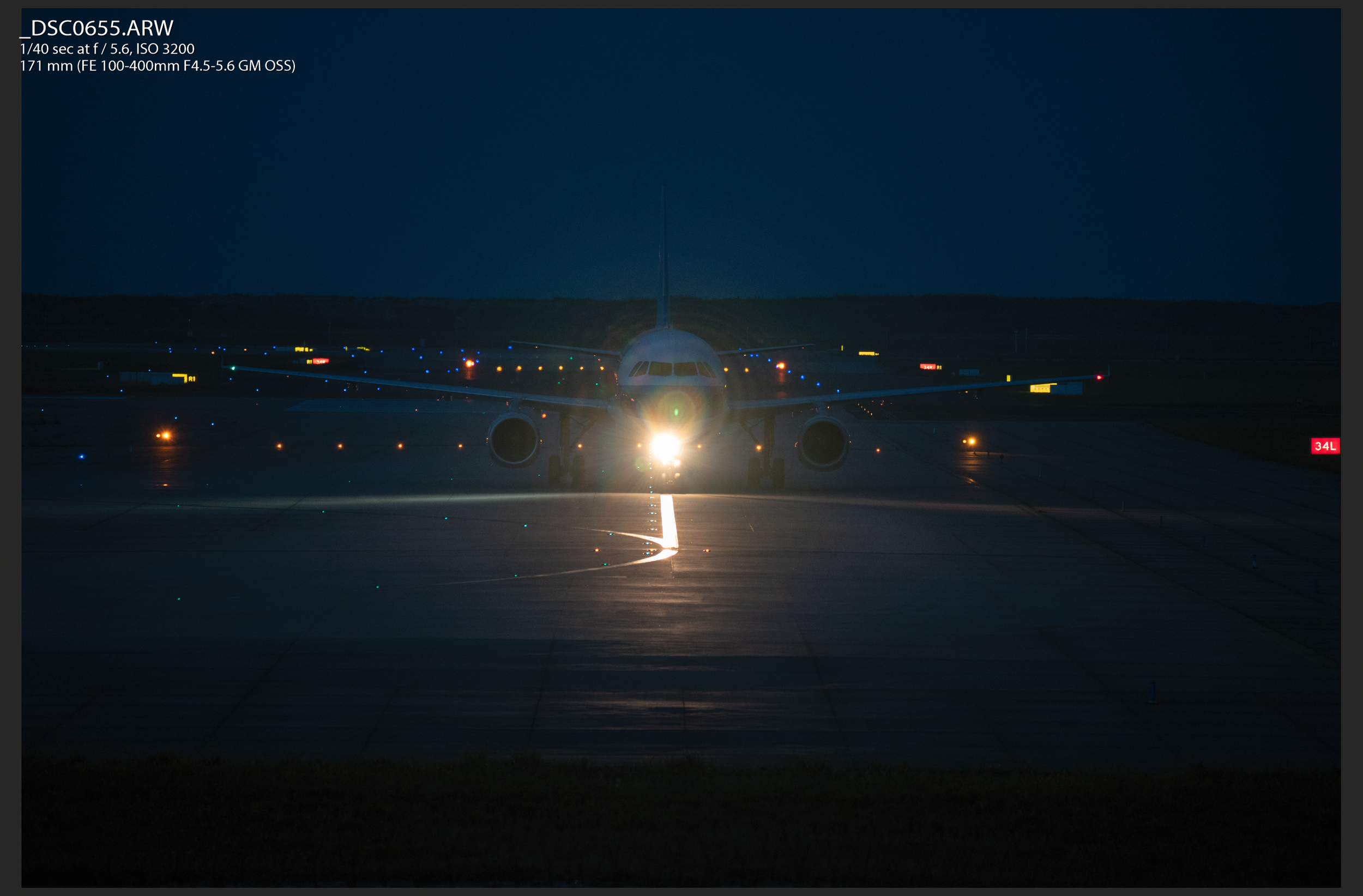
Flare resistance is not great, but not necessarily subpar.
Flare resistance has not been a traditionally strong subject for tele lenses, and that applies to not just Sony.
It is subject to a good amount of veiling flare, both when the source is in and out of the frame. I found no ghosts with this lens.
In the first image in the right gallery, the flares are so great, they literally ate away all the details on the fuselage. You can hardly make out the cockpit windows. The case is similar with sources on the edge or outside of the frame.
The GM (second and third image) resists diffusion of light much better, though it does produce a few small green ghosts. I’ve never encountered a case where nearby details are completely destroyed by strong light. On the third image is the absolutely worse case I’ve pushed the GM into, being directly illuminated by strong taxi lights, and overexposed. Notice the livery on the nose, the landing gear and cockpit windshields still retained identifiable details. The diffraction-like pattern is due to the embedded profile.
I would say neither lens performed to a satisfactory level, but the G might be a bit worse.
Final Words
FE 200-600mm F5.6-6.3 G OSS has showed matching performances for its price, and not unreasonable for its size.
It is usably sharp across its zoom range. However, the use of teleconverters would degrade image quality heavily, thus I would not recommend using them with the 200-600mm G.
When compared to similarly specced SLR options from Tamron and Sigma, the G has displayed its optical superiority by a great margin. As with the GM, it did not lack behind by far distances, and it is offered US$500 cheaper. It also offered a whole stop of excess SNR at its longest end, compared to the cropped or teleconverted GM. This can be important if your working environment is often indoor or otherwise poorer lit.
In terms of the GM, it defended its crown as the top product line in terms of resolution across the board. If you are already an user of this lens, it proves to be minimally necessary to purchase the 200-600mm G. Not only it is optically superior, it offers a wider wide end, and a significantly more portable package, and thus has shown to be more versatile in field. If size and weight is an important factor, I can totally see how the extra five hundred bucks are justified.
For some people, they think having a larger sized lens make them look more “pro.” Indeed the G is a nicely built lens, especially compared to the competing options. Indeed the look of lenses do not indicate optical quality or the operators’ professionalism, but it may be a factor to some. I did not personally find looking more “pro” to be a criteria when making purchasing decisions, but who knows.
Lastly, I think I must reiterate the fact that shooting locations, points and angles of viewing, air quality, and time of day, etc., makes a much greater impact on image quality. This especially true for superteles like these. The resolution differences between the G and GM, are not great enough to diminish them with these conditions in play, unless you pixel-peep every image.
Sample Pictures (FE 200-600mm F5.6-6.3 G OSS)
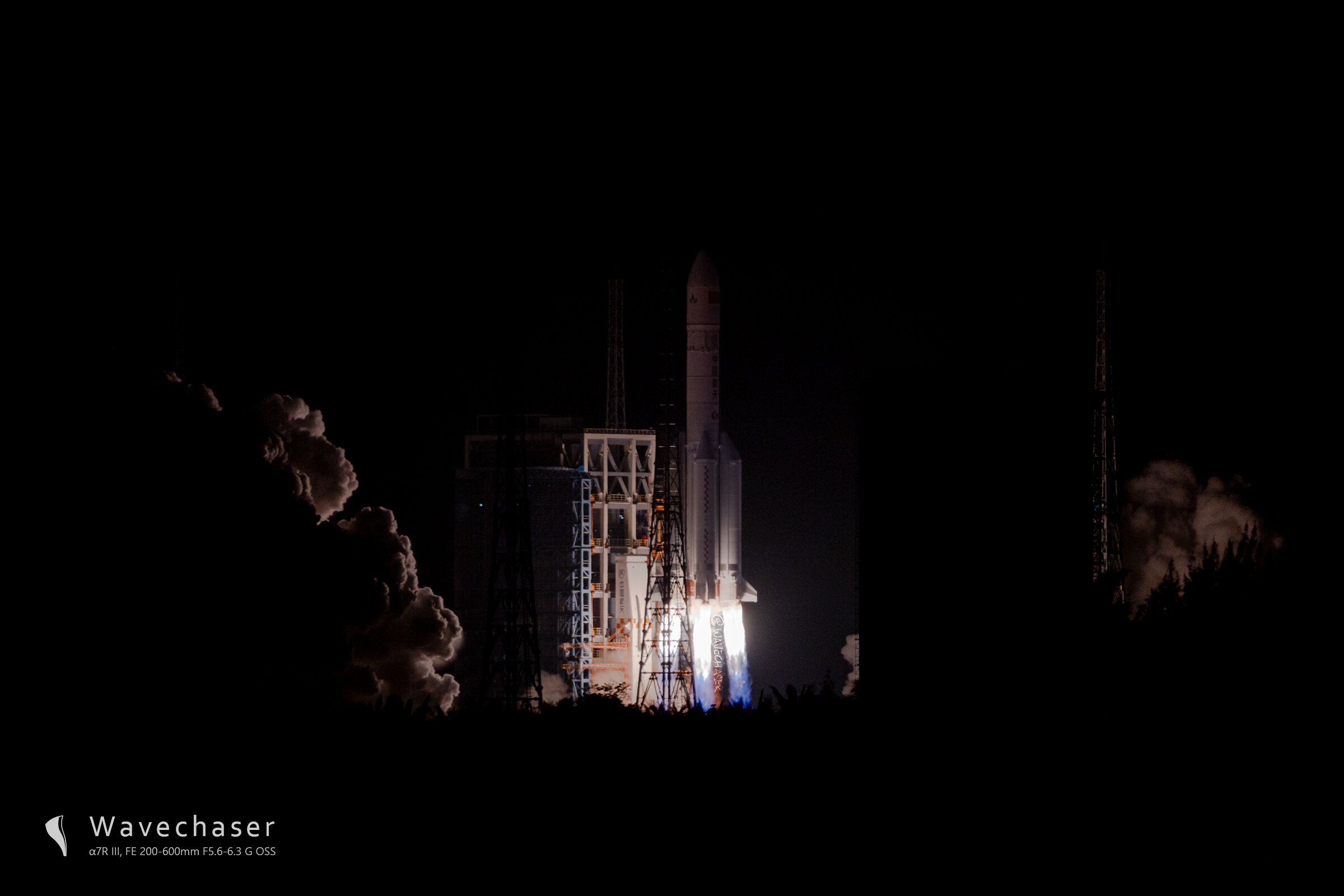
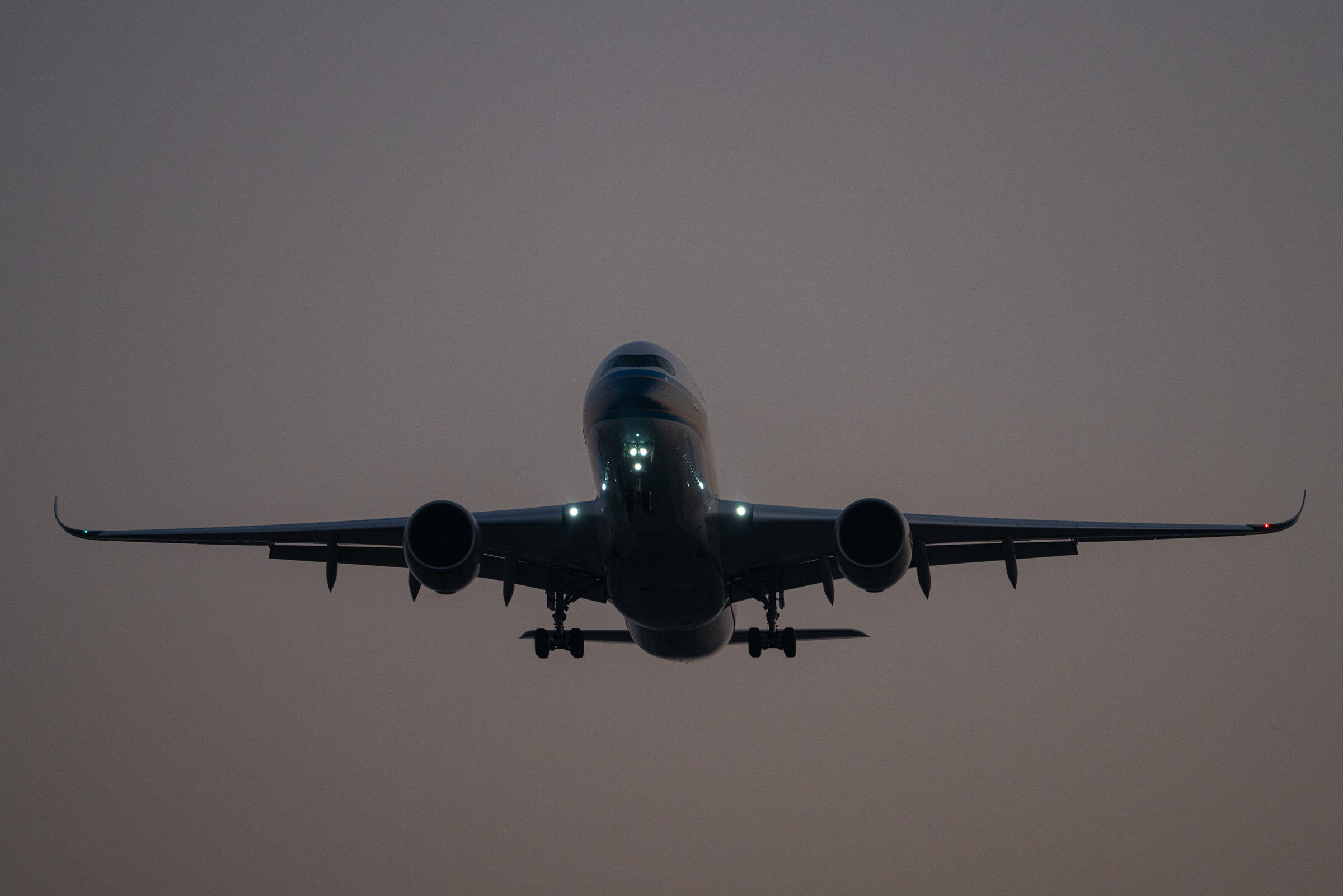
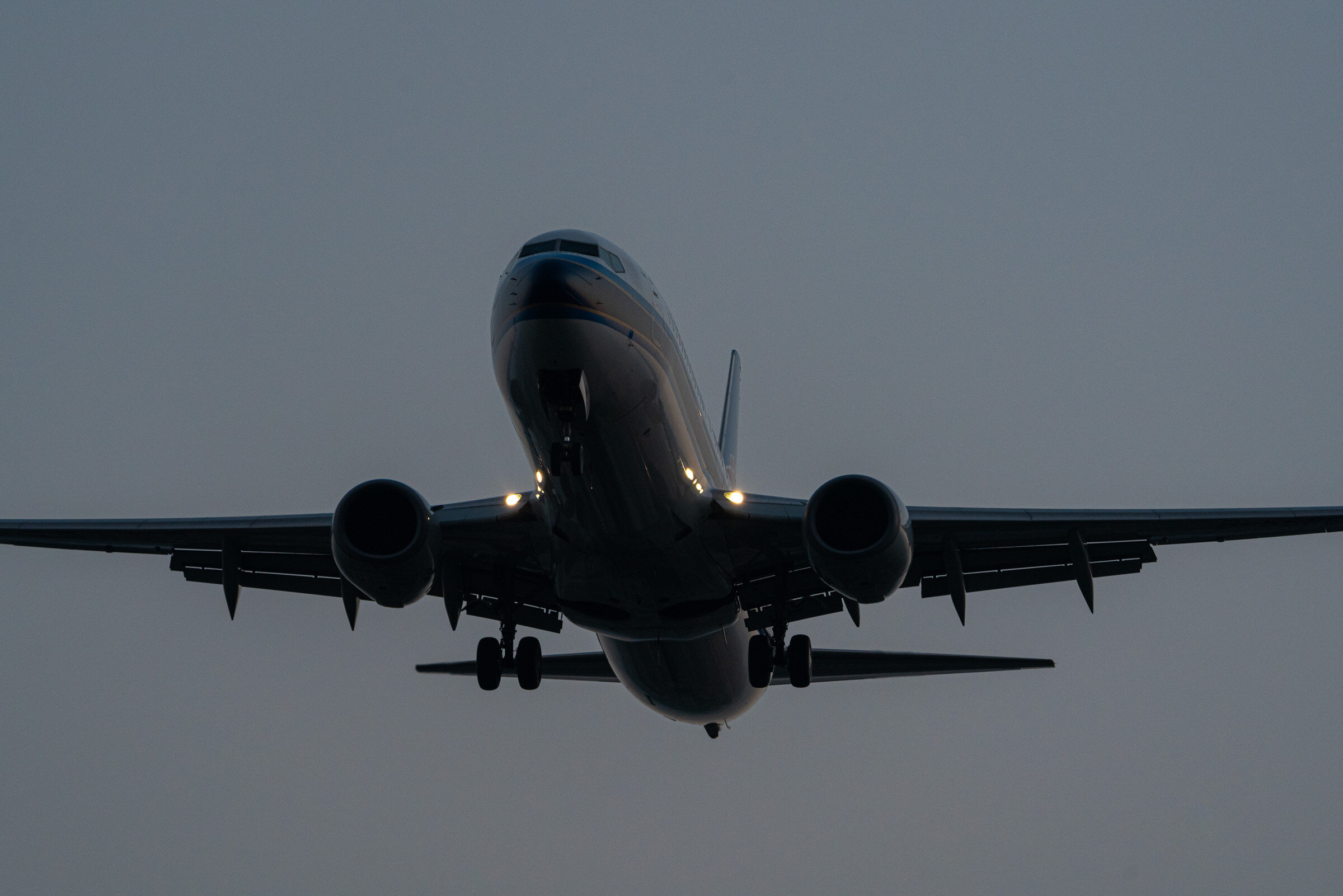
Sample Pictures (FE 100-400mm F4.5-5.6 GM OSS)
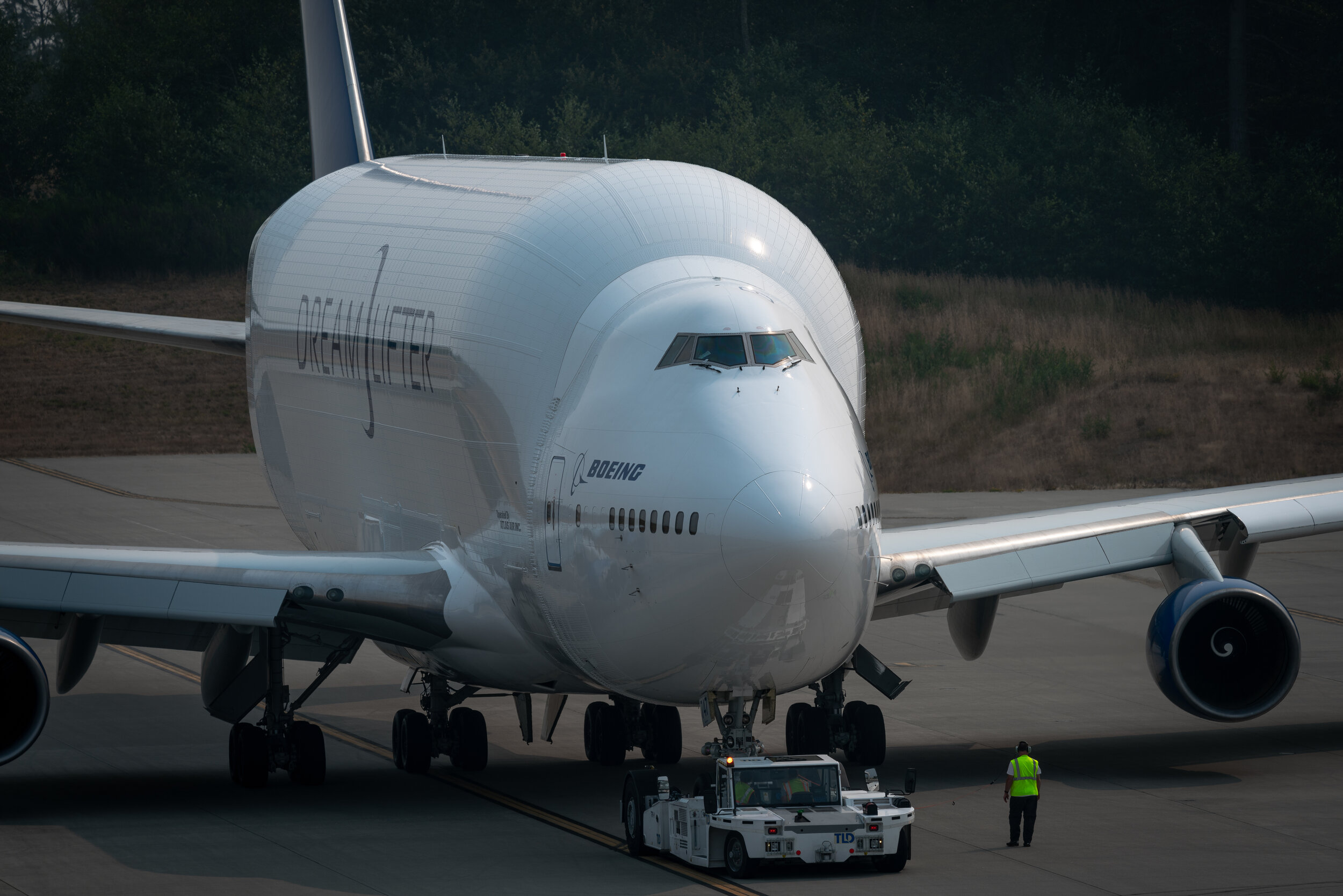


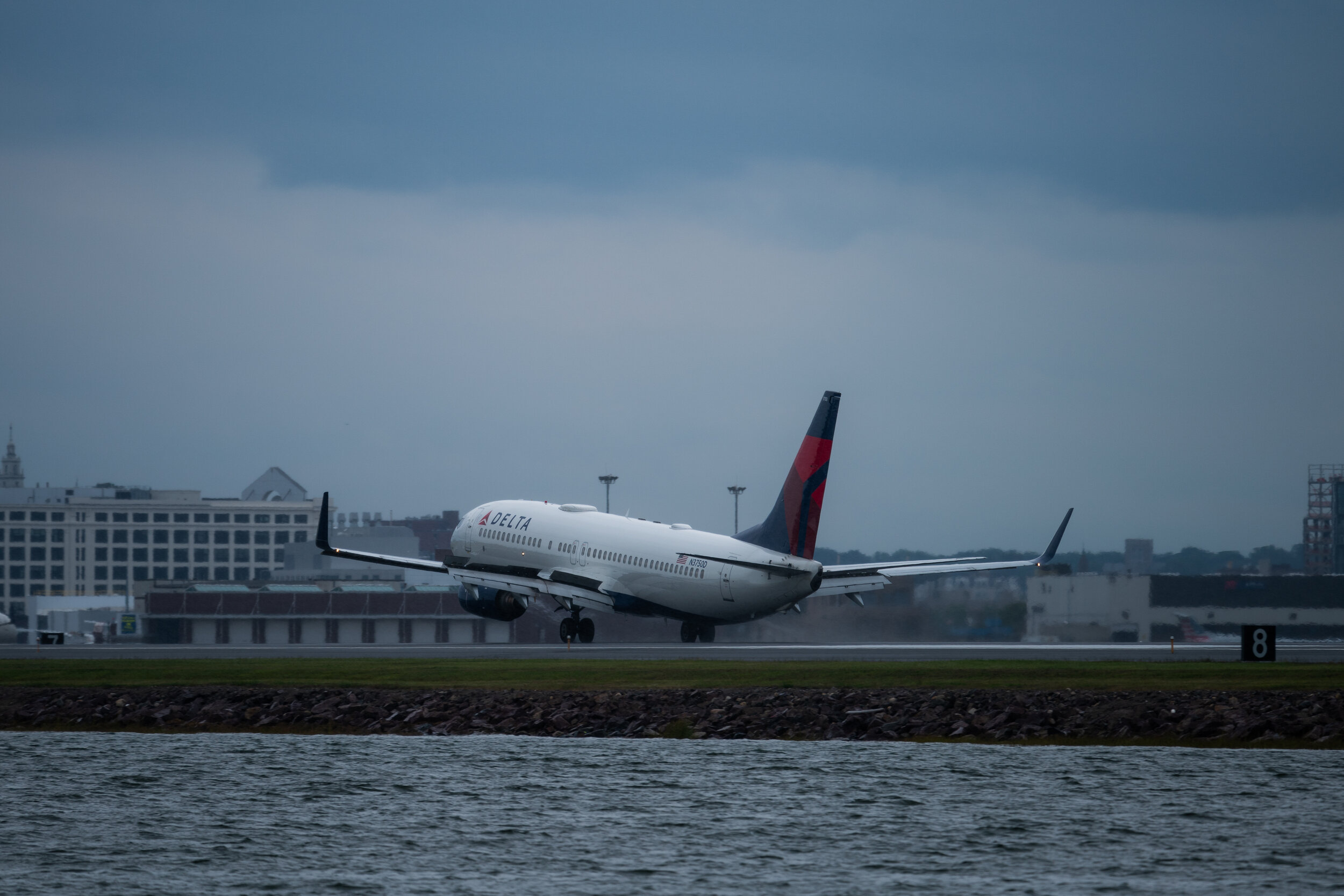
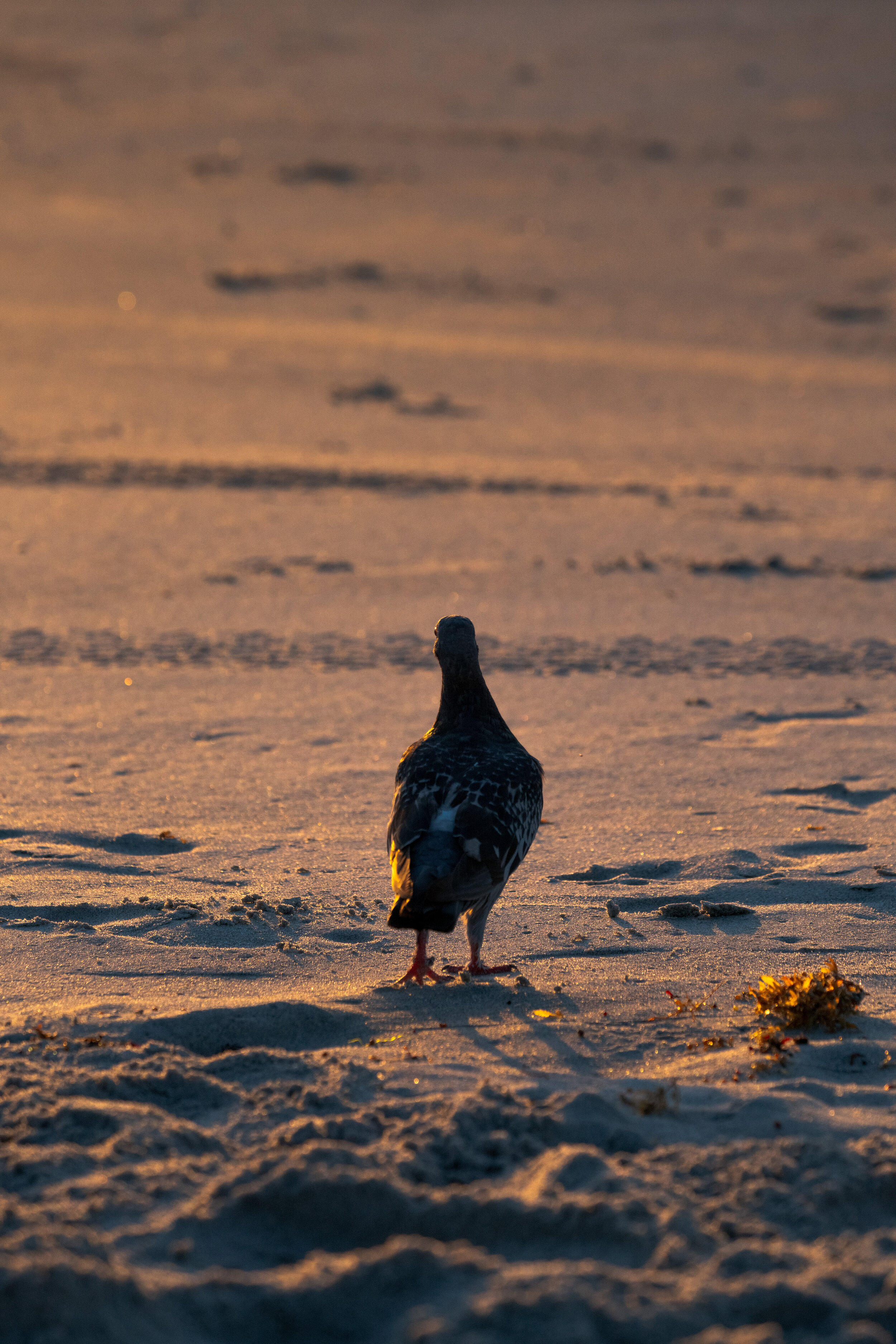
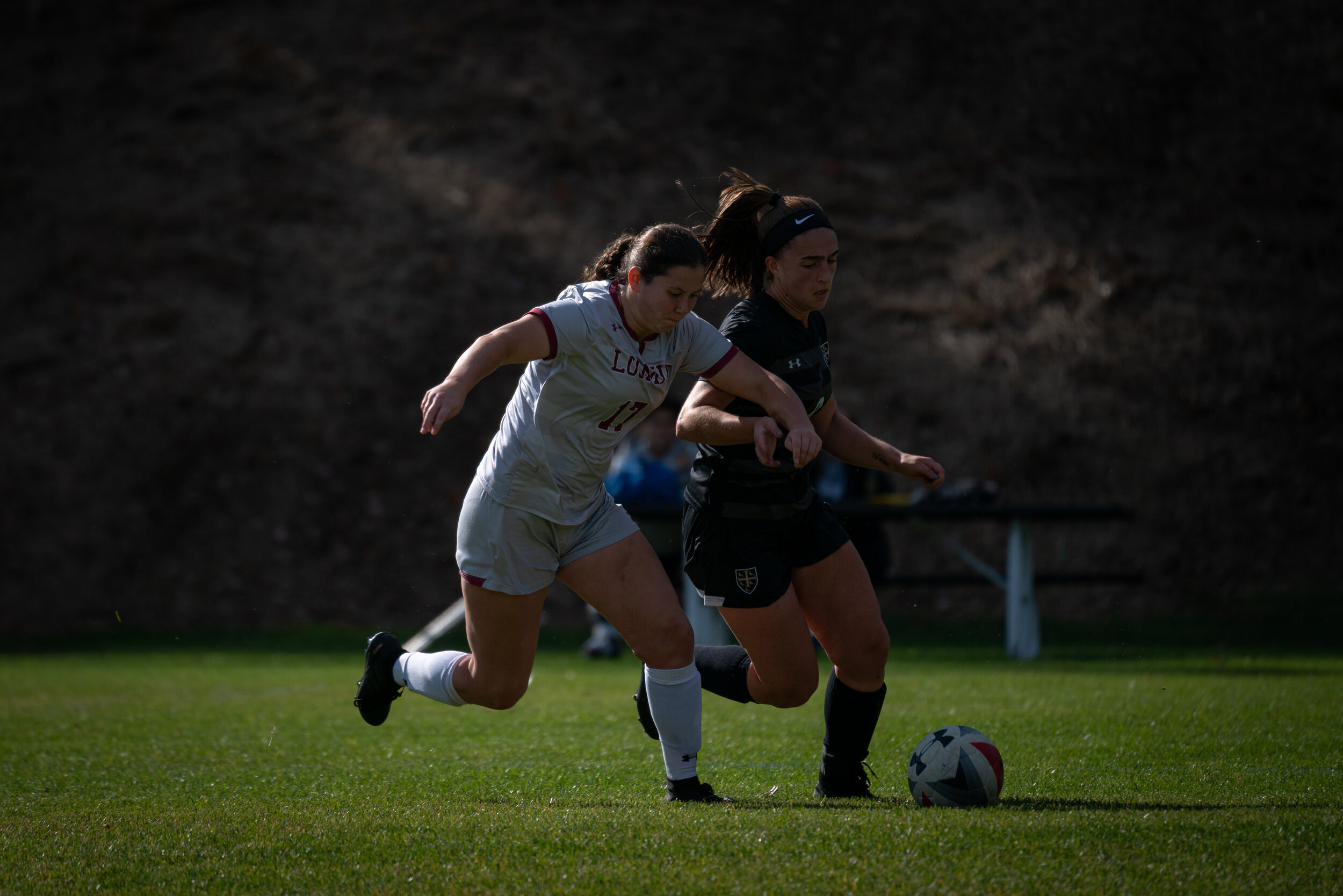
POSSIBLE Alternatives:
SONY FE 100-400mm F4.5-5.6 GM OSS:
Stronger performance across the board, and much more portable. Also works well with teleconverters, and focuses faster. Go for this one if you can find another US$500 to spare.
Tamron SP 150-600mm F/5-6.3 Di VC USD G2:
Similarly sized and weighted, but requires adapter to function. Focuses slower than the 200-600mm G, and is optically inferior than both the FE and Sigma Sport.
Sigma 150-600mm F5-6.3 DG OS HSM Sport:
Similarly sized, but much more heavier (2860g vs. 2115g). Also requires adapter to function. Optically inferior to the 200-600mm G, but slightly better than the Tamron.
Sigma 60-600mm F4.5-6.3 DG OS HSM Sport:
Offers arguably more versatile zoom range. But otherwise is huge, heavy, and optically awful in every regard. I don’t know why would or should you buy this lens, but it is indeed an option.
Copyright © Wavechaser 2019-2020

















